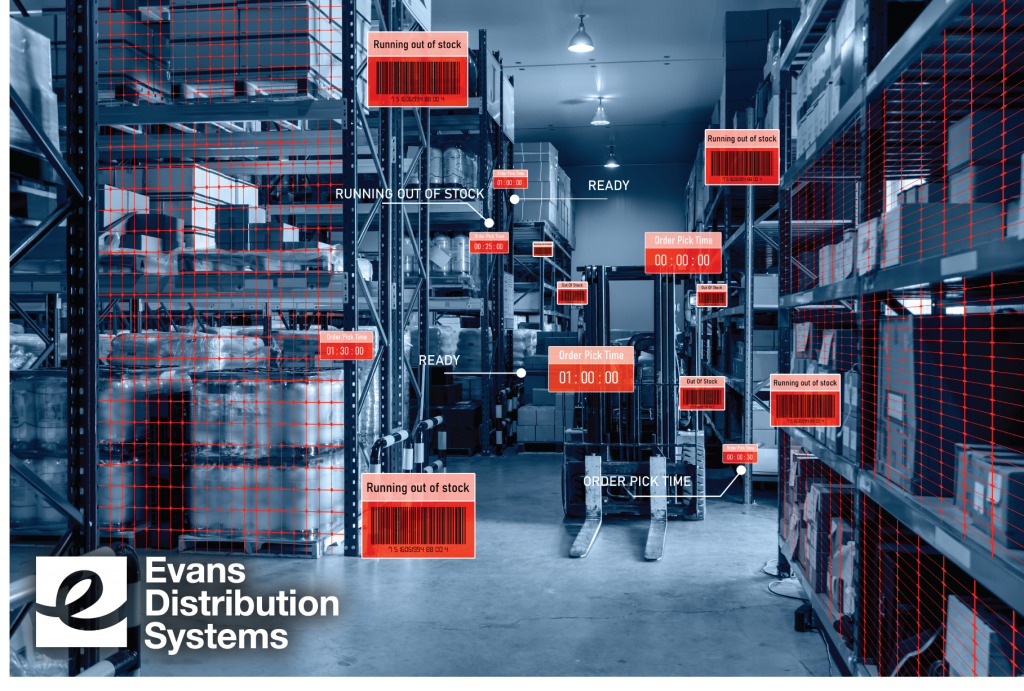
Big data is only useful if you understand the metrics and can connect them to the important areas of your business. But how do we turn inventory management data and other key metrics into business intelligence? This article explores general insights behind the data found in the evans365 portal and what it means for your business.
Account Activity Data
The account activity looks at inventory patterns. The data tracks units, shipments, and receipts, on a monthly or daily basis. It also tracks the inventory turn rate. The turn rate is an important metric for measuring inventory management and sales. Most companies benefit from a high turn rate—which indicates that sales are strong, and stock is replenished quickly. In general, a low turn rate indicates low sales or over-production of stock. Tying too much money into stock can impact cash flow and reduce spending in other areas of a company that promotes growth.
Businesses can also identify seasonality trends in their account activity data. Looking at a year-over-year comparison of units on-hand can indicate that product sales are tied to a particular season and when or how long slower sales cycles last. Customers can adjust production cycles to match sales patterns or create a promotion to liquidate old inventory during slow seasons.
Storage Efficiency
Storage efficiency measures how effectively a customer is utilizing square footage in the warehouse. Customers can view efficiency by unit or by pallet to track how products are being stored and if storage is underutilized.
If businesses have a low storage efficiency, they may reconsider how the product is being stored. Products that are stackable or that have a high turn rate can be optimized. Additionally, the way a product is pulled could be creating a honeycomb effect, where empty space drives up warehouse costs. Monitoring the storage efficiency closely can save customers money.
LIFO vs. FIFO
In accounting, LIFO (last-in, first-out) and FIFO (first-in, first-out) are related to the type of goods and the cost or value of inventory. If the inventory is perishable or can become outdated, then a LIFO inventory method is ideal, where the newest products are released before older ones. If the products retain value over time, then the FIFO method might be utilized, where the oldest products are released before new inventory. LIFO is the most common method, but either method will impact storage efficiency as well as the balance sheet.
Handling Efficiency
Material handling is anything that happens to a product while it is stored in the warehouse. Any time a product moves or is unpacked, repacked, or picked, there is a cost. Handling requires labor and processes and that is what drives efficiencies and costs. For this reason, the handling efficiency is measured by labor hours either total hours for the month or day, labor type and labor function. Labor hours should follow volume, the more products, the more handling, the higher the cost. But if your receipts and shipments per man-hour are out of synch then you know there is an inefficiency in the process.
All businesses have unique patterns and insights to uncover, and they may have different meanings. Bottom line: the data doesn’t lie. Customers should review data regularly to ensure their supply chains are optimized.
Are you using the evans365 portal? Do you have feedback or suggestions for future improvements? Please take this 4-minute survey. We appreciate your time and effort! Need help accessing the portal? Email sales@evansdist.com for assistance.
